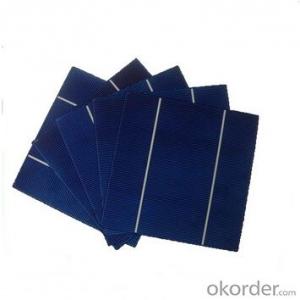Monocrystalline solar panels are the epitome of high-performance solar technology. They are the result of years of research and development, and they represent the cutting edge of renewable energy solutions. These panels are known for their efficiency, durability, and sleek design, making them a popular choice for homeowners and businesses alike.
But what exactly makes monocrystalline solar panels so special? Let’s dive into the world of solar energy and explore the unique characteristics that set these panels apart from the rest.
The Science Behind Monocrystalline Solar Panels
At the heart of every monocrystalline solar panel is a single crystal of silicon. This crystal is grown under carefully controlled conditions to ensure its purity and structural integrity. The process begins with melting high-purity silicon in a quartz crucible, which is then slowly cooled to allow a single crystal to form. This single crystal is the foundation of the solar panel’s efficiency and performance.
The purity of the silicon crystal allows for better electron flow, which translates to higher energy conversion rates. Monocrystalline solar panels can convert up to 20% of the sunlight that hits them into electricity, making them the most efficient solar panels on the market.
The Aesthetic Appeal of Monocrystalline Solar Panels
While efficiency is paramount, appearance is also an important consideration for many homeowners. Monocrystalline solar panels have a uniform, black appearance that is both sleek and visually appealing. Their uniformity and dark color make them less obtrusive on rooftops, blending in well with the surrounding architecture.
The Durability Factor
Durability is another key advantage of monocrystalline solar panels. They are built to withstand harsh weather conditions, including high winds, heavy rain, and extreme temperatures. The robust construction of these panels ensures that they can provide reliable energy generation for decades to come.
The Environmental Impact of Monocrystalline Solar Panels
In addition to their efficiency and durability, monocrystalline solar panels also have a positive impact on the environment. By harnessing the power of the sun, these panels produce clean, renewable energy that helps to reduce our reliance on fossil fuels. This not only helps to combat climate change but also contributes to a more sustainable future for our planet.
The Cost-Effectiveness of Monocrystalline Solar Panels
One might think that with all these benefits, monocrystalline solar panels would come with a hefty price tag. However, advancements in technology and increased production have led to a reduction in costs over the years. While they may still be more expensive upfront than some other types of solar panels, the long-term savings on energy bills and potential tax incentives make them a wise investment.
The Future of Monocrystalline Solar Panels
As the demand for renewable energy continues to grow, so too does the potential for monocrystalline solar panels. Researchers are constantly working on improving the efficiency and reducing the cost of these panels. We can expect to see even more innovation and advancements in the coming years, making solar energy more accessible and affordable for everyone.
Embracing the Power of the Sun
In conclusion, monocrystalline solar panels are a high-performance choice for those looking to harness the power of the sun. Their efficiency, durability, aesthetic appeal, and positive environmental impact make them an attractive option for both residential and commercial applications. As we move towards a more sustainable future, embracing monocrystalline solar technology is a step in the right direction.

